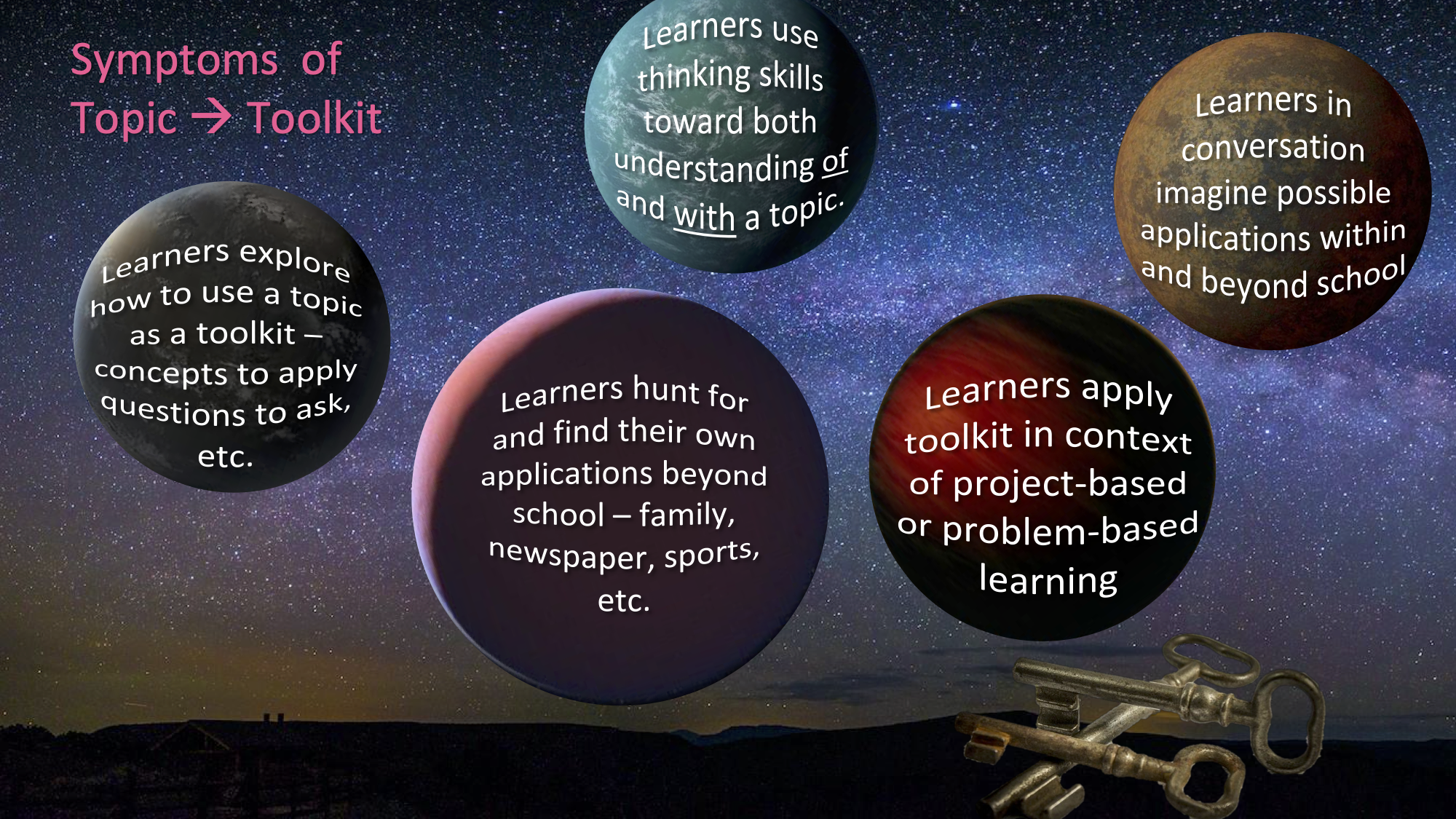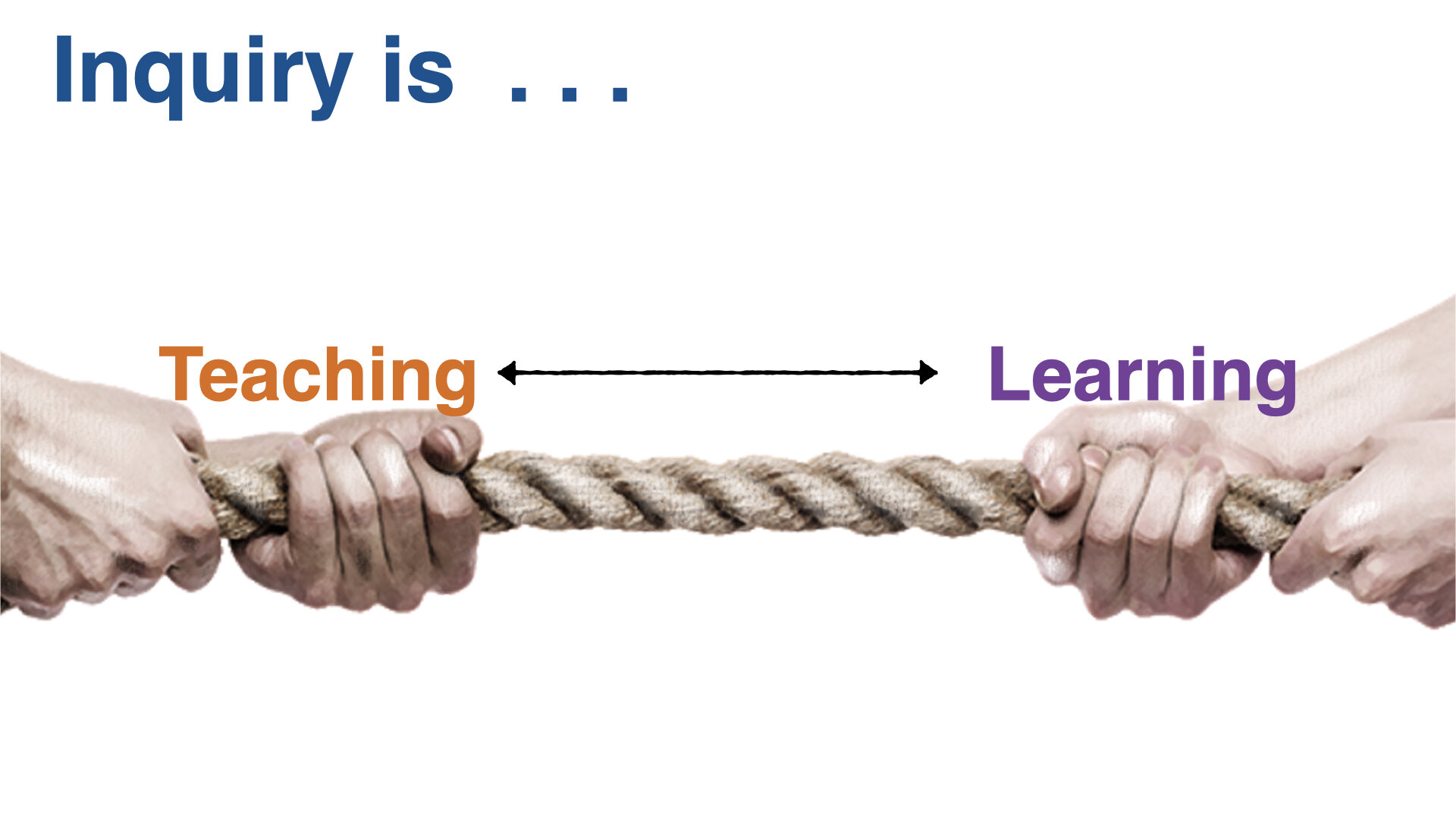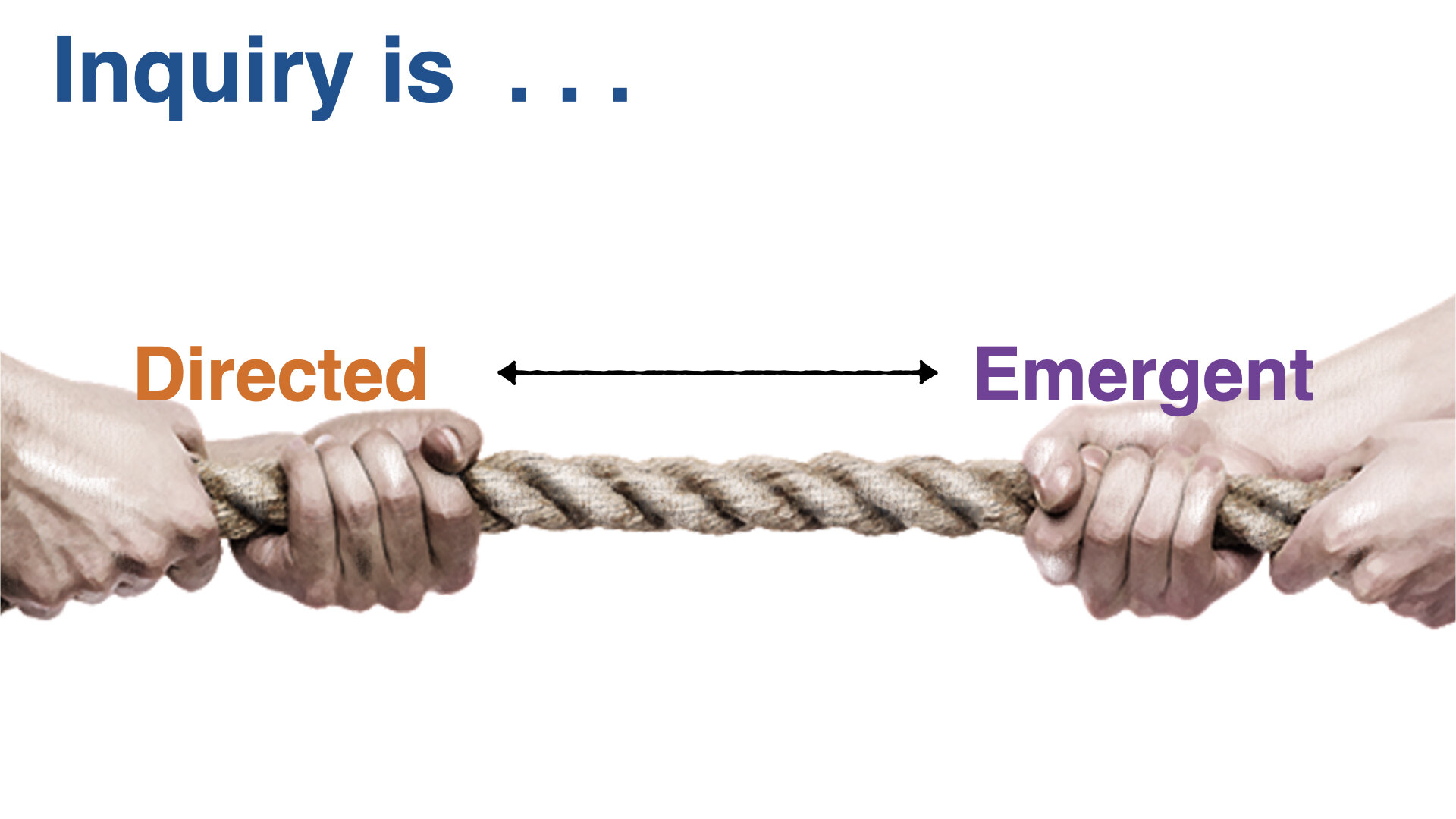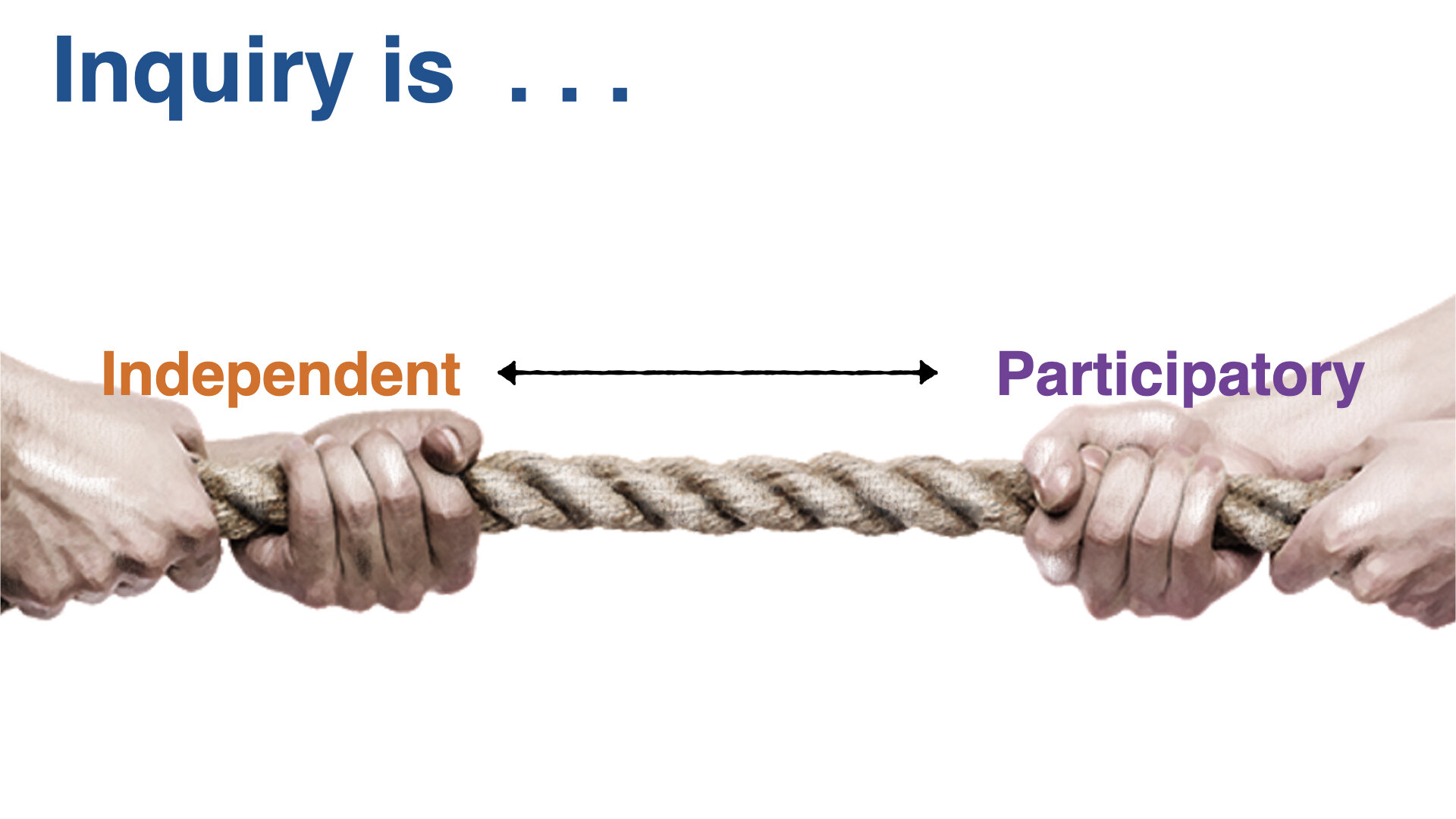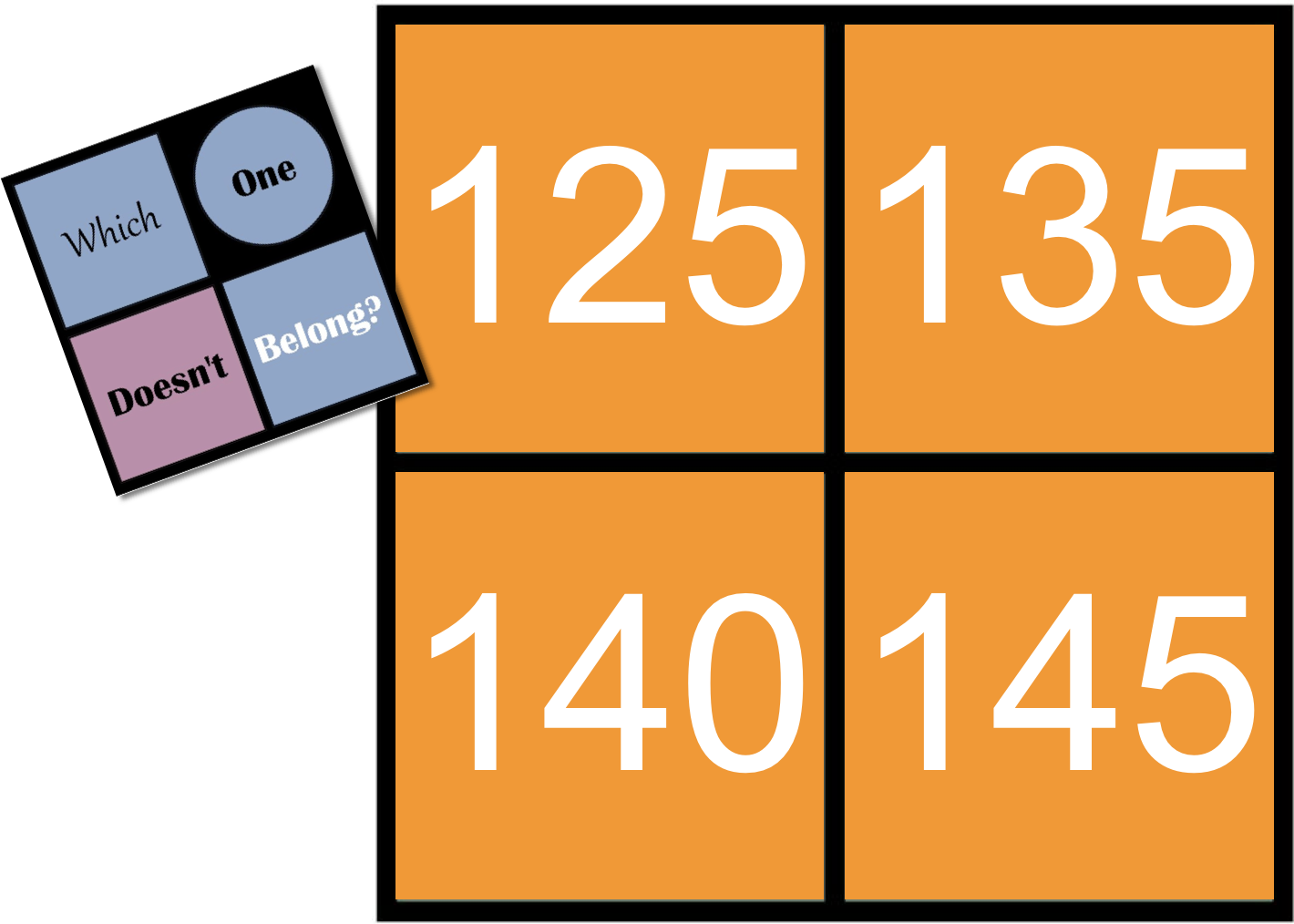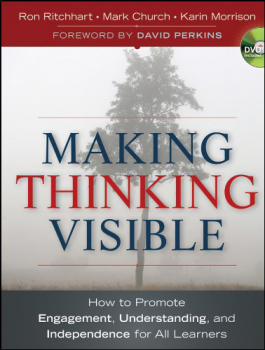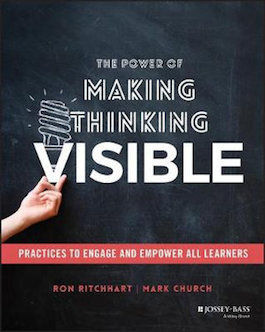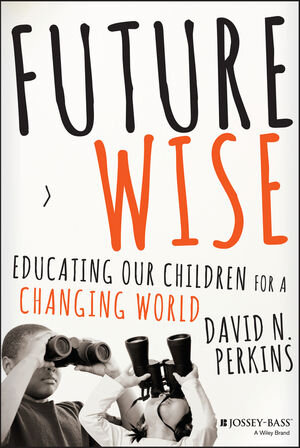“Nothing in this world can take the place of persistence. Talent will not; nothing is more common than unsuccessful men with talent. Genius will not; unrewarded genius is almost a proverb. Education will not; the world is full of educated derelicts. Persistence and determination alone are omnipotent. The slogan Press On! has solved and always will solve the problems of the human race.” - Calvin Coolidge
Growing up, I had a copy of this quote on my wall. It is one of those things that stuck with me over the years. For a long time, I might not have truly appreciated its wisdom. Now, as a teacher in times of volatility, uncertainty, complexity and ambiguity, its significance seems to have grown. When we can instantaneously consume all of the world’s information, as we access anything and everything at the speed of light, how do we learn the value of persistence?
We are used to instant gratification. Multiple opportunities for engagement and distraction surround us. If the result we are after does not come immediately, it is easy to seek an alternate path. An economy built on fast food, same-day home delivery, open all hours service model feeds our desire for instant results. Buy now, pay later, why wait when you can have it now.?
At the same time, the problems or challenges we confront are increasingly complex and are more likely to require unique solutions. These problems demand creativity, critical thinking and collaboration. These dispositions are highly sought after because of their obvious utility in modern times, but the capacities of critical thinking and creative problem solving require time. If we are to find the novel solutions we require, we must seek multiple perspective and diverse understandings. Our over-reliance on quick fixes perpetuates a trend towards solutions which are found in time to have a short lifespan or carry unforeseen consequences. And being smarter does not remove the need for a more nuanced approach to problem-solving as Einstein cautions, “It’s not that I’m so smart, it’s just that I stay with problems longer.”
Perhaps this is the disposition we most need to build within our students; the willingness to “stay with problems longer”, to persist with determination.
There is a common belief that one of the obstacles to sustained persistence is a general decline in attention spans. Indeed it is felt that a combination of easy access to information, distractions caused by social media, pervasive technology platforms and our desire to multitask has led to a decline in our ability to remain focused on any task for more than a short timespan. Parts of this might be true. We are surrounded by many highly distracting alternatives. The tech companies that enable our connected lifestyles, design their platforms to both attract and maintain our attention. Multitasking is certainly the norm, even if we do it poorly, and both the tools and habits of our modern lives conspire to move us in this direction. But has this resulted in a broad decline in our ability to remain focused for an extended time and should we accordingly adjust our expectations?
Maybe not. While it is easy to assert that the attention span of our students has declined, the evidence for this is sketchy. One of the most commonly cited articles on the topic attests that the attention of the average person today is only a few seconds longer than that of a goldfish. The research this is based on, however, deserves to be questioned as it neither clarifies what attention is nor demonstrates how one might quantify the attention span of a goldfish. From a more scholarly perspective, we glean the following contradictory perspectives:
“It’s (attention) very much task-dependent. How much attention we apply to a task will vary depending on what the task demand is.” - Dr Gemma Briggs
Contrary to popular belief, students don’t have short attention spans. They can focus for hours on a single project. But it has to feel relevant and meaningful to them, and they need to have the time and the space to accomplish it. It’s not easy in a world of school bells and curriculum maps. However, it’s something we should strive for. We should draw students into the deeper, slower work of creativity — because when that happens, learning feels like magic. - “Myth and Mystery of Shrinking Attention Span” - Dr K. R. Subramanian
This reveals that we have the capacity for sustained attention, but persistence is best understood as a disposition, not a capacity. The triadic model of dispositions allows us to understand better what is going on here. A behaviour becomes a disposition when we combine the capabilities it demands with the desire to use them and an awareness of situations where the behaviour is appropriate.
This model has implications for us as teachers. Not only must we teach the skills, but we must also provide the required sensitivities of when a disposition should be activated and support the individual in understanding why they may want to. While the skills may be very concrete and easily mastered the translation of skills to dispositions requires a more nuanced approach. Our students will require extensive modelling of the disposition along with opportunities which demand its application. In learning the what, the when and the significance of dispositions, our students will undoubtedly make many missteps but only through repeated exposure to the ideas, and with opportunities to reflect on their efforts will the desired dispositions be acquired.
In the case of persistence, things are a little more complicated. Persistence might be viewed as both a general disposition and as a response to a particular context. I might hope that my students will grow to see the value of persistence as a general capability and that they might be well aware of the benefits it offers. I might achieve this goal by espousing the benefits of persistence, by modelling when persistence is required and of demonstrating my capacity to persist even in trying circumstances. A positive mindset towards persistence or a sense of grit and determination is a valuable disposition to have.
I might also want to help my students understand the value of persisting with specific aspects of their learning. I facilitate this form of task-specific persistence when I reveal the benefits of what is being learned and the utility of routinely applying that learning. In the same way, I facilitate persistence with learning when I design tasks that connect with what might matter in the lives of my learners. I further encourage persistence when the learning I design is linked to concepts and skills that my learners are passionate about. When the learning that my students engage with is designed with them, and when they have agency over their learning, the appearance of persistence is significantly enhanced.
The consequence of all this is that persistence is more complex than a mere attribute of the individual. It is dependent on both aspects of the individual and the context. It varies from one situation to the next and shaped by both internal and external factors. We might hope that our students have a general disposition towards persistence, and we can help them to develop this. We can also promote persistence in particular contexts through the way that we frame and design learning experiences. When all of these factors are considered, we leverage persistence as a powerful tool for learning and success.
By Nigel Coutts






